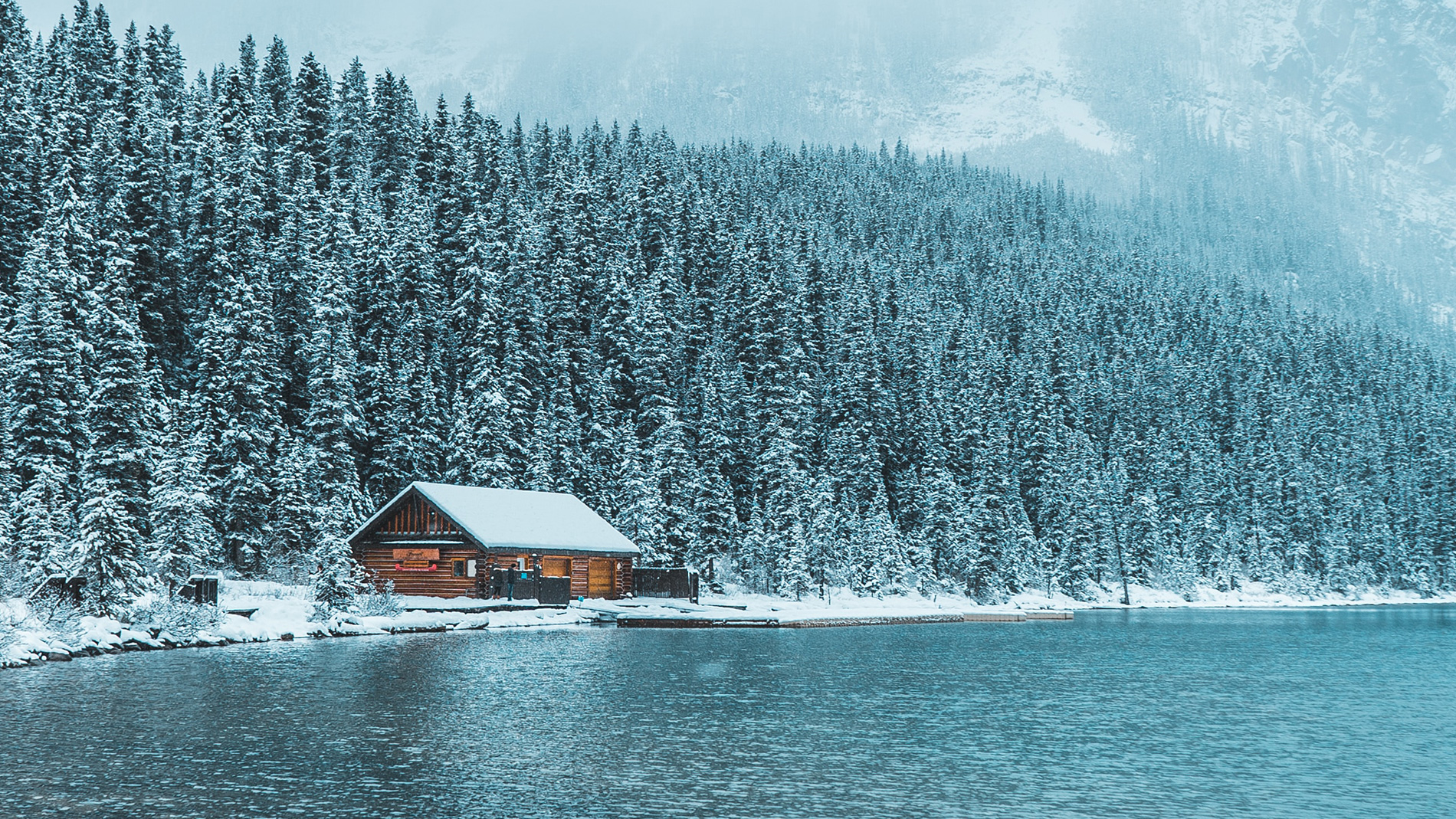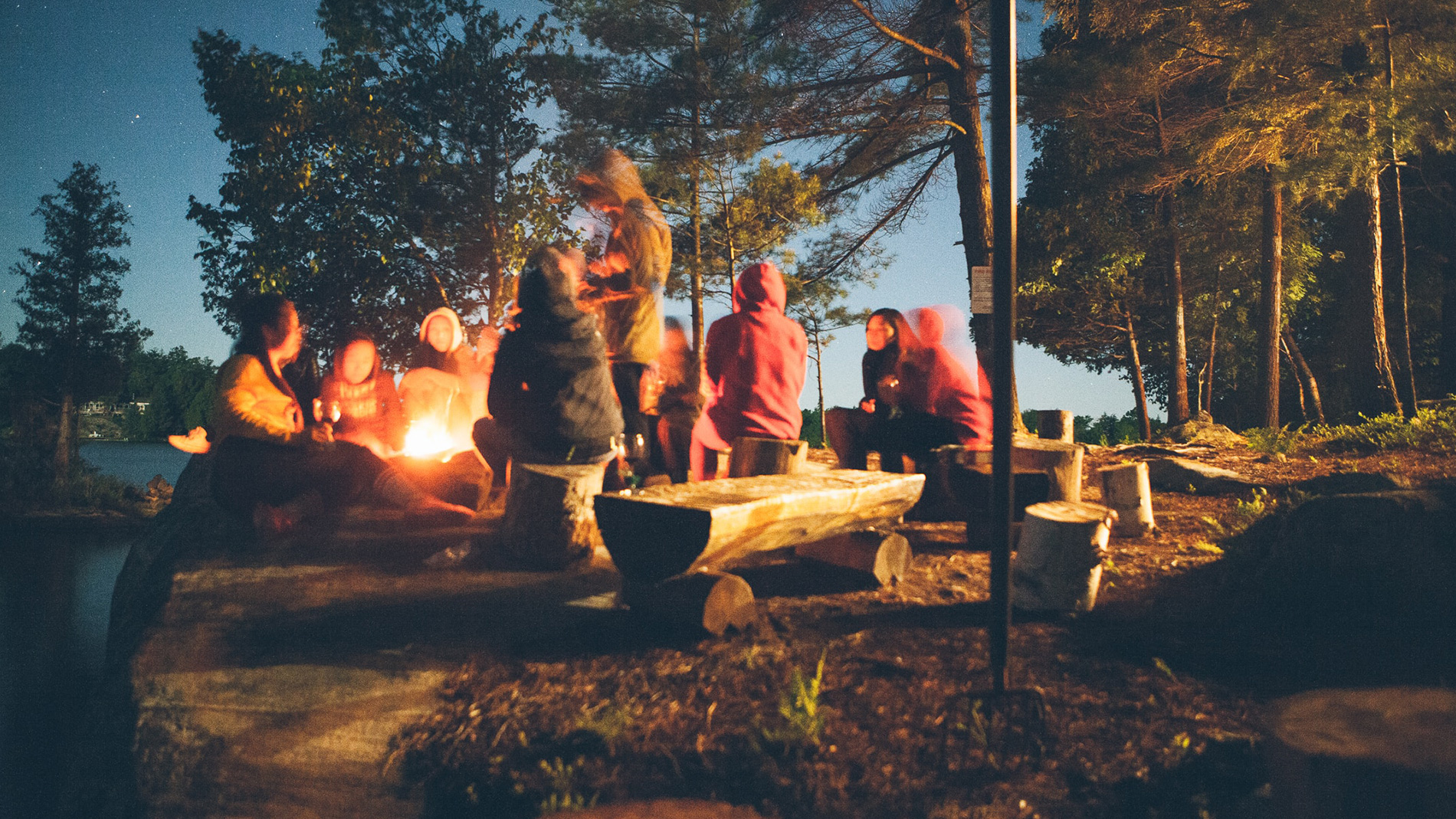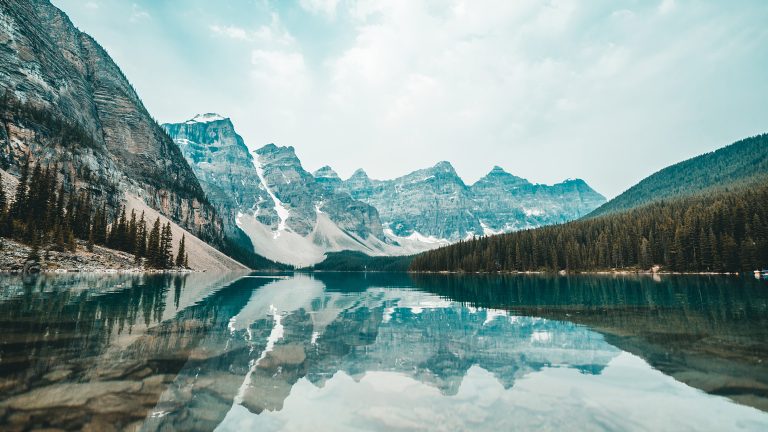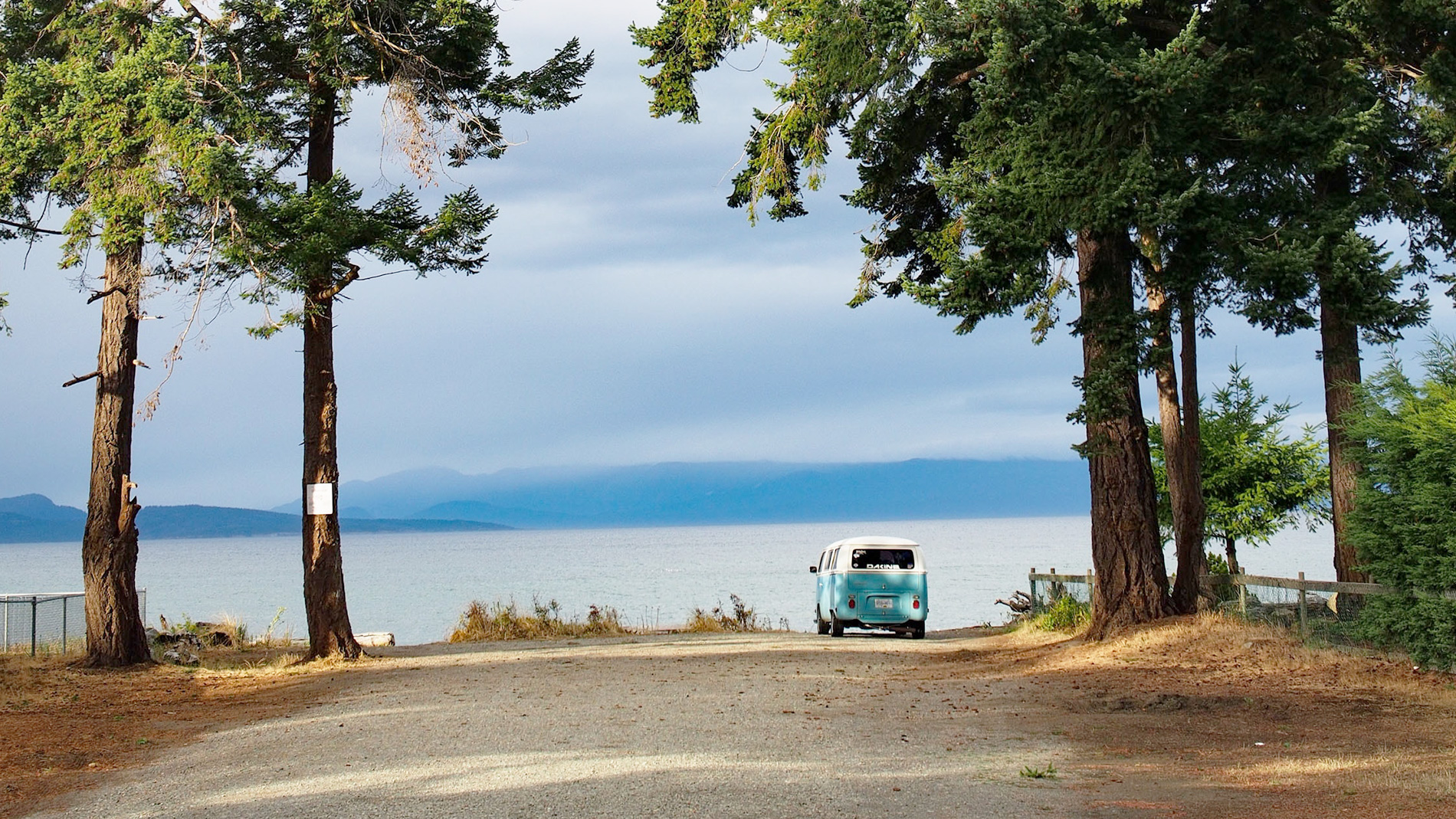Canada is a vast country which rightly has a reputation for cold and snowy weather. Its northern latitude positioning and the presence of the massive Canadian Rocky Mountains mean that much of the country is frigid for many months of the year. In fact, the majority of Canada’s 35 million residents live in large cities in the southern reaches of the country — Vancouver, Calgary, Toronto, Ottawa, and Montreal — and not in the cold, arctic and subarctic regions.
But there’s more to the climate of the “Great White North” than just snow, ice, and freezing temperatures. Here’s what you need to know about the climate in Canada before you plan a trip to visit our northern neighbors.

When is the best time to visit Canada?
Overall, the best time to visit Canada is between June and October. During the late spring through early fall, you’ll enjoy warmer average temperatures, longer days, and plenty of natural beauty. In the southern half of the country, the snow has melted by this time, and there are numerous outdoor activities to enjoy.
The majority of Canada’s tourists arrive in the summer months, eager to explore outdoor destinations, experience the culture of the large cities, and marvel at the far northern towns where the sun barely sets during the early summer. This also means that prices are higher and attractions are more crowded during these popular months.
First-time visitors may be surprised to discover that some parts of Canada have quite warm summers. The average summer high temperature varies by region, but most major cities reach a daily high of between 75 and 80 degrees Fahrenheit — perfectly comfortable temperatures for you to enjoy all your exploring. Interior locations in British Columbia can reach highs of between 80 and 95 degrees Fahrenheit in the summer months, while eastern Canadian cities like Montreal, Ottawa, and Toronto log high humidity.
If your travel timing is strict and you find yourself in Canada in the late fall, winter, or early spring, coastal British Columbia is a great place to visit. With weather similar to Seattle, Vancouver and the surrounding areas have mild and often rainy winters, with average high temperatures staying between 45 and 65 degrees Fahrenheit — vastly different from the frigid winter in other parts of Canada. In fact, Vancouver is the only major Canadian city where average winter temperatures stay above freezing.

When is the best time of year to go hiking in Canada?
Canada is known for its natural beauty, and exploring on foot is the way to go. While there are plenty of wonderful areas for hiking throughout the country, Banff and the Canadian Rocky Mountains are the biggest draws.
Due to the high elevation in hiking hot spots like Banff, Jasper, and Lake Louise, July and August are the best times for hiking. You have the best chance of enjoying warm, sunny weather and the melting snow should all be just about dried up. During these two months, you’re also the most likely to witness the wildflowers in bloom. And, you may even come across some of Canada’s most storied wildlife, such as bears, moose, bison, and mountain goats.

When is the best season for visiting Canada’s national parks?
Canada is home to an incredible 48 national parks in areas stretching from the coastal regions up to the prairie provinces in the far north. The best time of year to visit them depends on which activities you’re interested in taking part in. For watersports on Lake Huron in the Bruce Peninsula, beachcombing and tidepooling in Fundy, or surfing the Pacific Rim, summer is best.
Fall can be wonderful too, as Mother Nature puts on quite a show when the fall colors arrive. Popular destinations include the Cape Breton Highlands in Nova Scotia and Jasper National Park in Alberta.
When is the best time for skiing in Canada?
Thanks to its cold temperatures, high mountains, and northern latitudes, Canada is a world-class winter sports destination. Every year, skiers and snowboarders from around the world flock to the peaks of the Rocky Mountains, located in the provinces of British Columbia and Alberta, to enjoy epic powder, incredible views, bluebird days, and a decadently long winter sports season which can stretch from November to April.
What are the weather hazards I should be aware of in Canada?
As a geographically large country, the weather hazards you may face in Canada vary greatly from region to region. Of course, harsh winters bring a set of risks for winter travelers, from blizzards and freezing rain to avalanches. As winter turns to spring, floods are possible, due to warming temperatures and melting snow.
A different set of weather hazards arise in the warm season, with inland areas being particularly susceptible to lightning storms and even tornadoes. Wildfires are also unfortunately common in forested areas, especially during unusually dry or hot summers.
It’s also important to know that, year-round, the risk of earthquakes exists. The areas of the St. Lawrence and Ottawa River Valleys are somewhat susceptible, as are parts of the three northern territories. However, the most serious earthquake risk exists in coastal British Columbia, as it lies along the Pacific Ring of Fire — a path along the Pacific Ocean which is characterized by earthquakes and active volcanoes.
Don’t forget to pack your travel insurance
No matter when you’re visiting Canada and what kind of activities you’re pursuing, one thing is sure: travel and weather can be unpredictable. Protect your investment and your well-being with a comprehensive travel insurance policy.
A travel insurance plan like the ones offered through battleface can protect you in case of baggage loss and delay, trip cancellations, and trip delay, with travel medical insurance providing coverage for any medical expenses resulting from any accidents or incidents that might occur during your trip.

How safe is Mexico City?
As the largest city in North America, Mexico City is bursting with unforgettable travel experiences, from an incredible array of world-class museums and cultural experiences

What do I need to travel to Canada with a dog?
Traveling to Canada accompanied by a pet dog is a popular choice for people who hate leaving home without their loyal and affectionate companion. The
